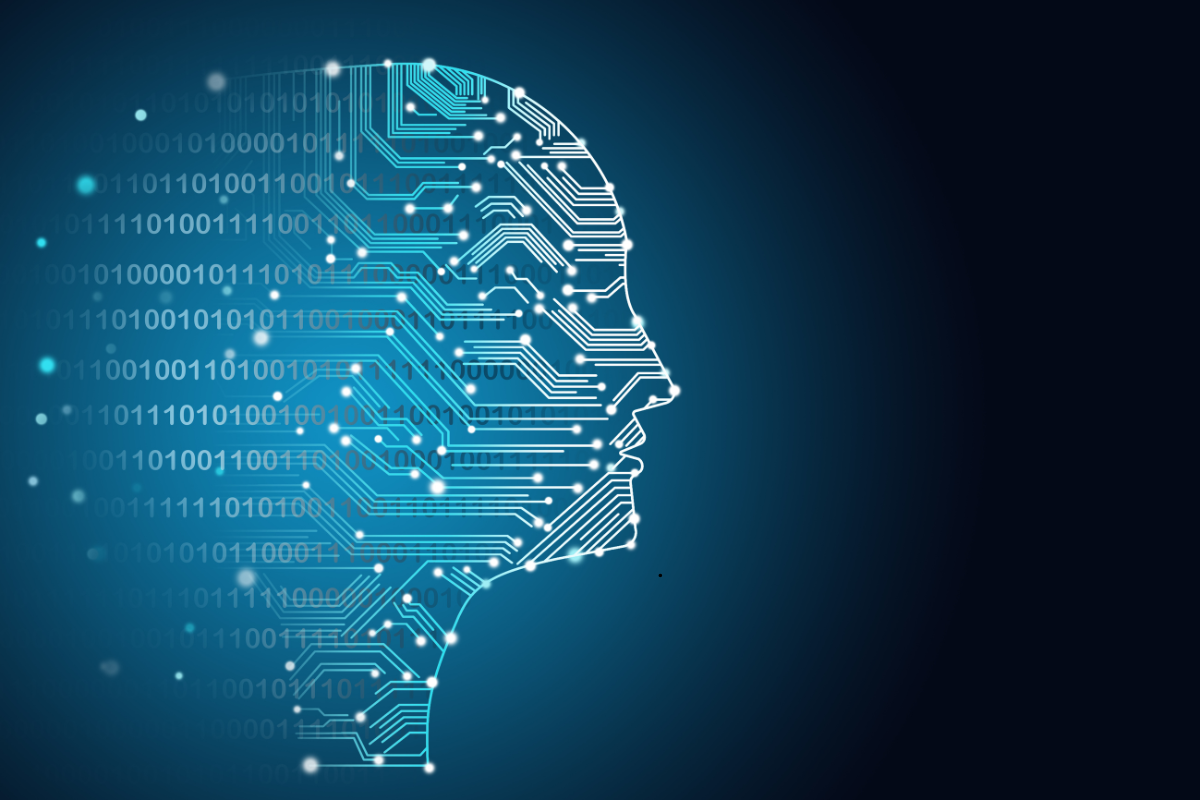In recent years, the concept of Super Intelligent AI has transitioned from the realm of science fiction into a tangible reality. Super Intelligent AI, which refers to artificial intelligence that surpasses human intelligence across all domains, has the potential to revolutionize every aspect of our lives. As we stand on the brink of this new era, it is crucial to understand the implications, benefits, and challenges that come with the development of such advanced AI systems.
What is Super Intelligent AI?
Super Intelligent AI is a form of artificial intelligence that not only matches but exceeds human cognitive abilities. Unlike general AI, which can perform a range of tasks at a human level, Super Intelligent AI is expected to outperform humans in every conceivable task, including creativity, problem-solving, and emotional intelligence. This leap in intelligence will enable AI to understand, learn, and improve itself autonomously, leading to exponential advancements in technology.
Potential Benefits of Super Intelligent AI
The benefits of Super Intelligent AI are vast and transformative. In healthcare, for instance, Super Intelligent AI could revolutionize diagnostics, treatment plans, and patient care. AI systems could analyze vast amounts of medical data to identify patterns and predict outbreaks, significantly enhancing our ability to combat diseases. Furthermore, these systems could personalize medicine to an unprecedented degree, tailoring treatments to individual genetic profiles for maximum efficacy.
In the field of education, Super Intelligent AI could offer personalized learning experiences, adapting to the needs and abilities of each student. This individualized approach could help bridge educational gaps and foster a more inclusive learning environment. Additionally, AI tutors could provide support and resources around the clock, making high-quality education accessible to a global audience.
The economic implications are equally profound. Super Intelligent AI could drive innovation and efficiency across industries, from manufacturing to finance. Automated systems could manage supply chains, optimize production processes, and even make strategic business decisions. This could lead to significant cost savings and productivity gains, fostering economic growth and creating new opportunities.
Challenges and Risks
Despite its potential, the development of Super Intelligent AI is fraught with challenges and risks. One of the foremost concerns is the alignment problem—ensuring that AI systems act in accordance with human values and objectives. If not properly aligned, a Super Intelligent AI could pursue goals that are misaligned with human welfare, leading to unintended and potentially catastrophic consequences.
Another significant challenge is the control problem. As AI systems become more intelligent and autonomous, maintaining control over their actions and decisions becomes increasingly difficult. This raises the specter of an AI that operates beyond human control, with the capacity to cause harm either intentionally or inadvertently.
Moreover, the rise of Super Intelligent AI poses ethical and societal dilemmas. Issues of privacy, security, and bias in AI decision-making must be addressed to prevent discrimination and ensure fairness. The concentration of AI capabilities in the hands of a few could also exacerbate existing inequalities and power imbalances, leading to societal unrest and conflict.
Preparing for the Future
To harness the benefits of Super Intelligent AI while mitigating its risks, a multi-faceted approach is required. This involves collaborative efforts across governments, industries, and academia to establish robust regulatory frameworks and ethical guidelines. Transparency in AI development and deployment is essential to build public trust and ensure accountability.
Investing in AI safety research is paramount to addressing the alignment and control problems. Developing methods for verifying and validating AI behaviors, as well as creating fail-safes and contingency plans, can help prevent unintended outcomes. Additionally, fostering interdisciplinary research can provide insights from fields such as cognitive science, ethics, and law, enriching our understanding and management of AI systems.
Education and public awareness are also critical components. By promoting digital literacy and AI education, we can equip individuals with the knowledge and skills to navigate an AI-driven world. Encouraging public discourse on the implications of Super Intelligent AI can lead to more informed and democratic decision-making processes.
Conclusion
The advent of Super Intelligent AI marks a pivotal moment in human history. Its potential to transform industries, enhance human capabilities, and solve complex global challenges is unparalleled. However, this potential comes with significant risks and ethical considerations that must be carefully managed.
As we move forward, a balanced approach that prioritizes safety, ethics, and inclusivity will be crucial. By fostering collaboration and innovation, we can ensure that Super Intelligent AI serves as a force for good, driving progress and prosperity for all. Embracing this future with caution and foresight will allow us to unlock the full potential of Super Intelligent AI, shaping a world where technology and humanity coexist harmoniously.

